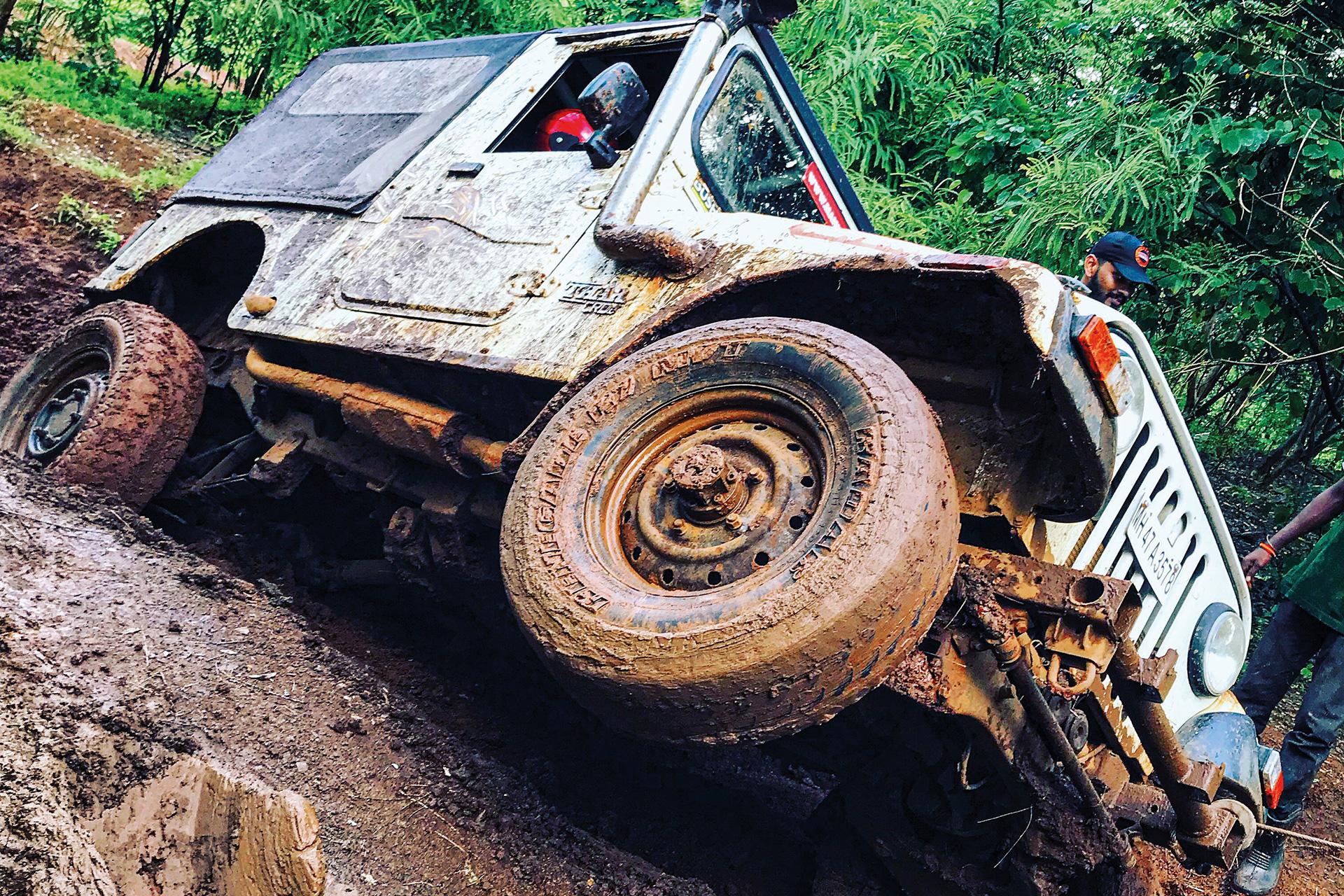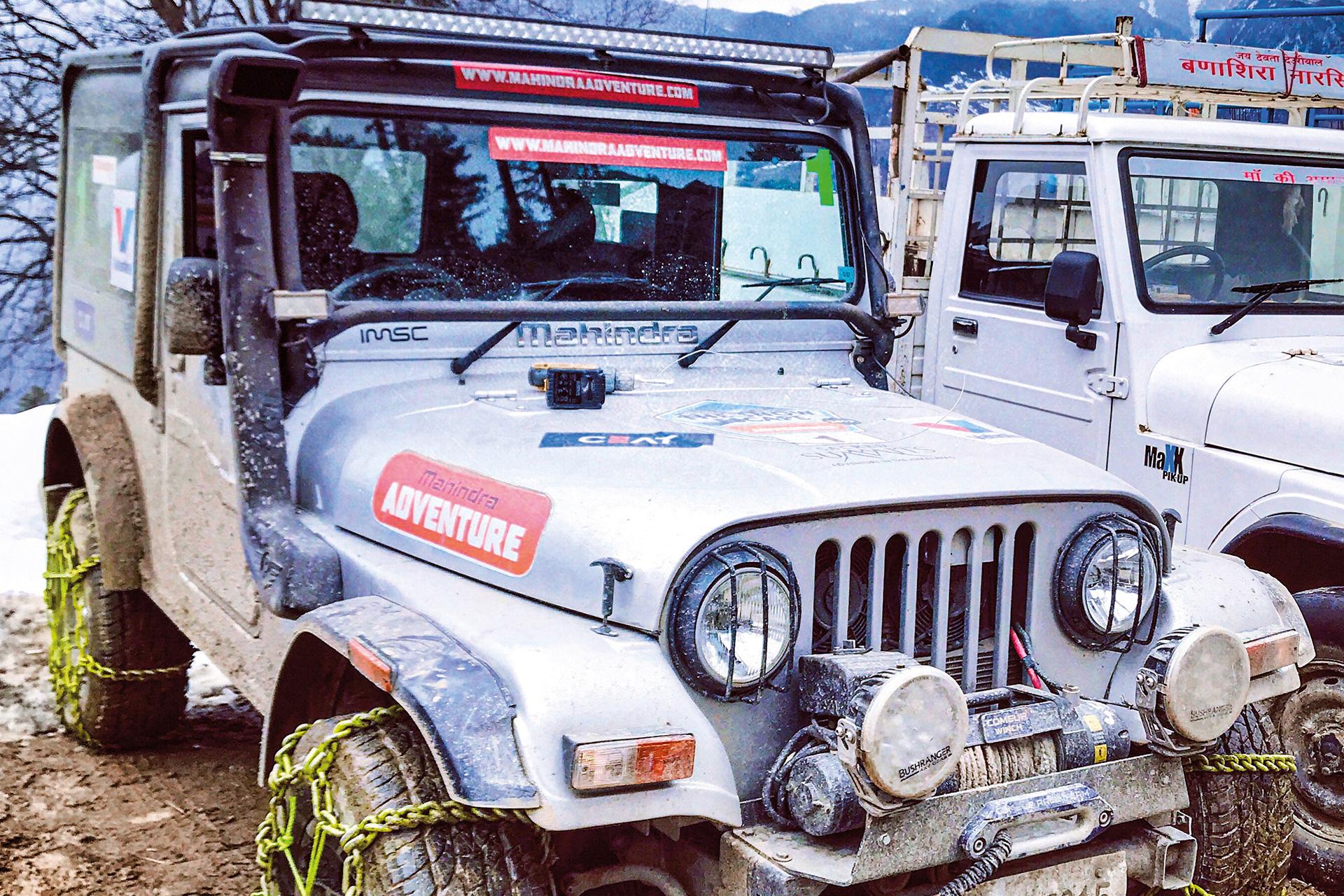In 1996, we pioneered the Great Escape – an outing where you could enjoy your Mahindra vehicle the way it was meant to be enjoyed. The recreational off-road movement today is thriving and how. From fun family outings to serious off-road competitions, off-roading in India has indeed come a long way. The 3Bs, 550s and the Thar have been the torch bearers of this 4x4 revolution. If you want to get into the sport, you must first understand that it’s a whole lot of fun but if you get carried away, the bills will start racking up.
Hence, it is very important to define your vehicle’s mission. One must remember, the more off-road specific your vehicle becomes, the less it’ll behave on tarmac. Dual missions are possible but not easy to achieve. Let’s get right to it. The off-road mission can be broadly divided into two categories – Pro Stock and Pro Modified. Incidentally, these are also very similar to our off-road competition categories at the Club Challenge.
Pro-Stock:-
These vehicles are closer to factory form. They generally play dual roles of going off-road on the weekends and taking you to work during the weekdays. The main aim here is to enhance a bit of the off-road character without hampering the on-road abilities of the vehicle. This is the category where most of us would fall. The best thing you can do is to first invest in your own skills. If you know a few tricks of the trade and stay within the vehicle’s limits, you’ll always have a vehicle that looks dirty and have a huge smile plastered on your face. Get the right training, your wallet will thank you for it.
The next thing you can do is to invest in a set of off-road tyres. This single change will give you the most bang for your buck and transform your vehicle’s capabilities off the tarmac. Off-road tyres are also known as MT – Mud Terrain tyres. These have aggressive lug patterns to grab at soil and give superior traction in slush, mud and rock. However, if your off-road outing is more about sandy terrain, you’ll do just fine with your factory tyres (HT/AT). All you need to do is air down the tyres and you should be good to go.
If your budget allows, keep a separate set of off-road tyres so your on-road dynamics don’t take a hit. When getting MT tyres, get a 31-inch (overall diameter) tyre. This also gives you added ground clearance that’ll make your job a lot easier. For most of our vehicles, a 31-inch tyre will require minimum reworking of the fenders/suspension. The new Thar already comes with 31-inch AT tyres and these along with the finely tuned off-road software make you look cool even when you’re not trying.
Next thing on the list would be to get basic recovery gear which includes recovery straps, d-hooks and an air compressor. Don’t forget protection, invest in underbody steel plates for the engine, gearbox and fuel tank.
You’ll thank your stars for the times when you run out of talent. If you’re really adventurous, a winch would be a great investment. A winch for a vehicle such as a Thar from the well-known brands can start from `1 lakh upwards. So, get them only if your off-road mission absolutely demands it.
A winch is a serious investment and must be selected carefully. Get one from a manufacturer that provides service in India so you’re not running from pillar to post when things go wrong. Select a winch that has a towing capacity twice the weight of your vehicle. The winches are rated in pounds, convert that into tonnes and get one that is at least twice your vehicle’s gross weight. So, if you have a 2-tonne vehicle, a 4-tonne winch is ideal. If winch use is light off-road only, a fabric rope spool is good enough. These don’t snap easily but aren’t as long lasting as steel ropes. Along with a winch, ensure you get a winch cable damper and a good set of gloves.
For these dual role vehicles, keeping them as close to factory form as possible is the key!
Pro-Modified:-
These are what we call donors of goosebumps. These rigs are purpose built and not bound by the shackles of on-road dynamics or common sense in general. You obviously can’t legally drive them to office, but if you could, you’d be the talk of the town in more ways than one. First up, these are definitely more expensive than you think and it’s not entirely unknown for the serious competition rigs to have modifications worth more than the sticker price of the vehicle. While the list of modifications is endless, a little bit of common sense will go a long way in keeping your wallet from getting completely drained.
But first you need to select a good starting vehicle. Short wheelbase is generally the way to go. Vehicles such as the CL340, Classic and 3Bs are suited for this application. However, short wheelbase vehicles aren’t the best in terms of stability and like rolling over without much provocation. Hence, most off-roaders are opting for medium wheelbase vehicles such as the MM550/Thars. The advantage of the first-generation Thar is that you get a great engine and gearbox combination.
What you save on the engine and gearbox, you’ll spend in getting new axles and suspension.
The simpler the vehicle, the fewer the chances of things going kaput when out on the trail. A fat wallet doesn’t necessarily mean better performance out on the obstacles. I’ve seen fairly stock vehicles perform better than vehicles that have so much money put into them that you’ll see currency falling out every time they flex. Just because you have the equipment doesn’t guarantee performance especially if they aren’t integrated with other modifications on the vehicle. Driver skill notwithstanding.
Building an off-road rig is like a relationship, you’ve to keep working on it. You obviously have to be a grease monkey of sorts as well. A healthy relationship with your builder will definitely go a long way. After all, you’ll be spending more time with this guy than your own wife.
In 2018, we built what we lovingly called the Draco. A purpose-built rig for decimating anything Mother Nature would throw at it. Standing at over 8 feet tall, it’s hard to imagine that the Draco once used to be a humble Mahindra Thar from the Adventure fleet. The only thing that was left from the original was bits of the body work along with the engine and gearbox. With dual batteries, air brakes, truck axles, 37-inch MT tyres and dual winches, the Draco not only looked the part, it went like stink too. Draco was built to help us design obstacles for the Club Challenge where the best off-road club with crazy off-road rigs would come to fight for top honours ever year.
Gradual upgrades are the way to go when you get into the competitive off-road sport. It’ll not only help you become a better driver that really knows his machine, it’ll also help you to understand what modifications are required for your driving style and the kind of terrain you’re going to compete in. Take it easy and may the off-road gods always shower their blessings on you!












